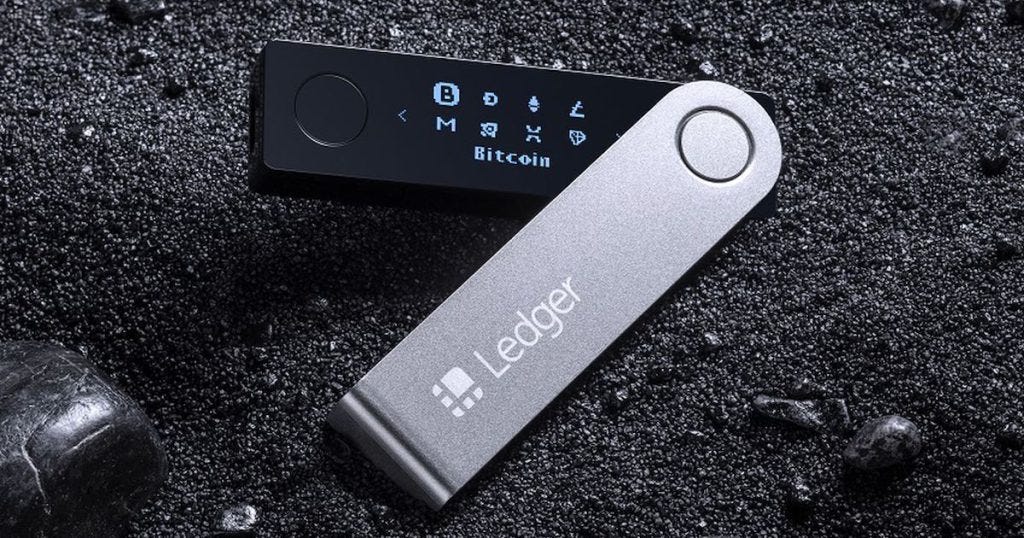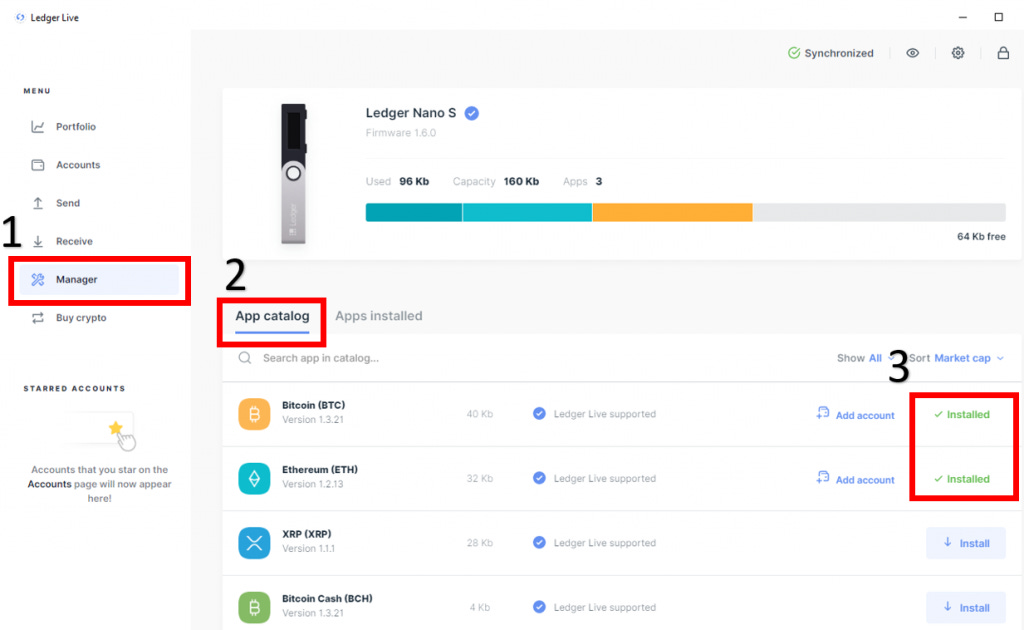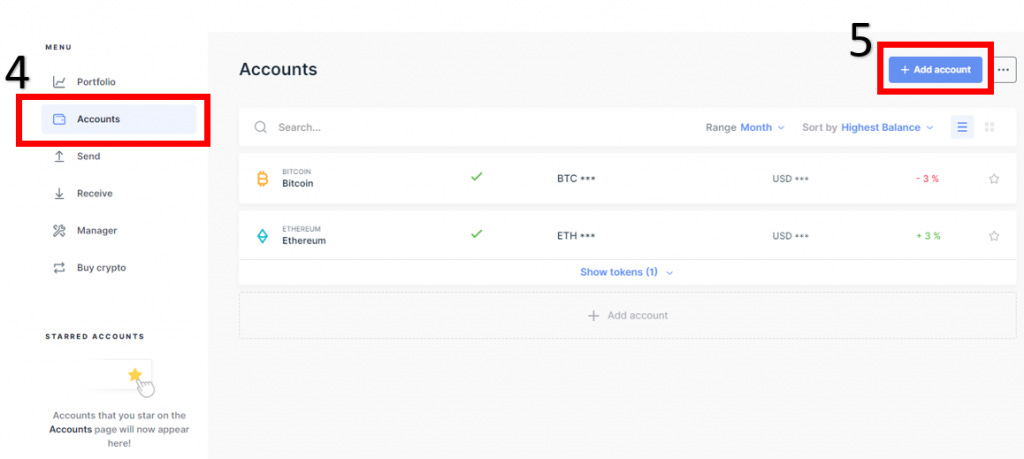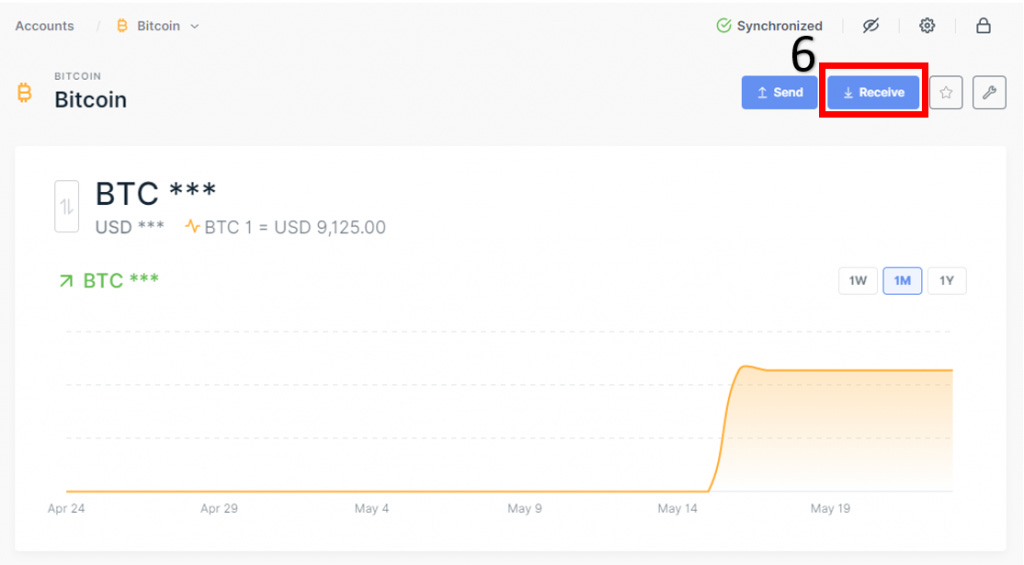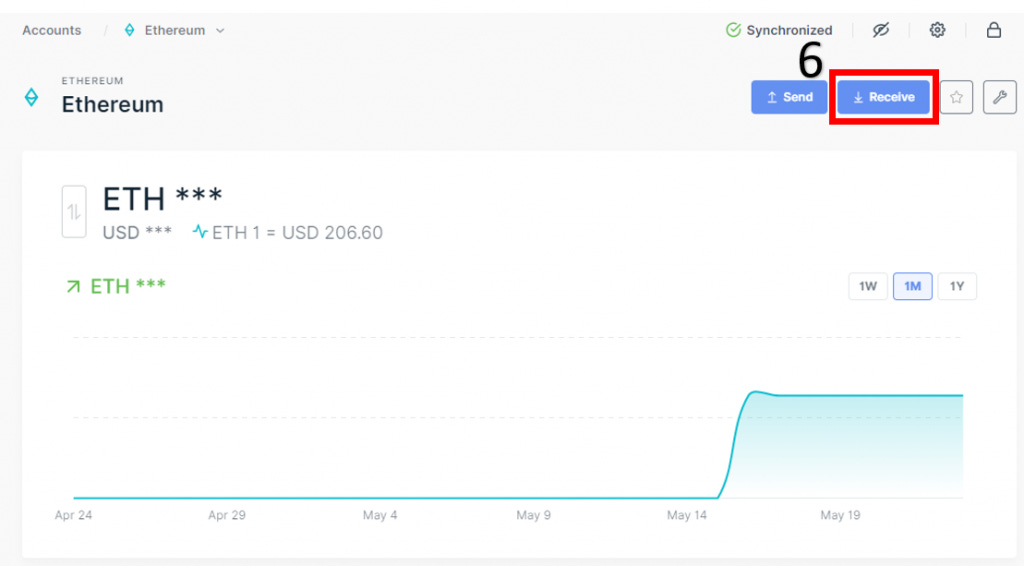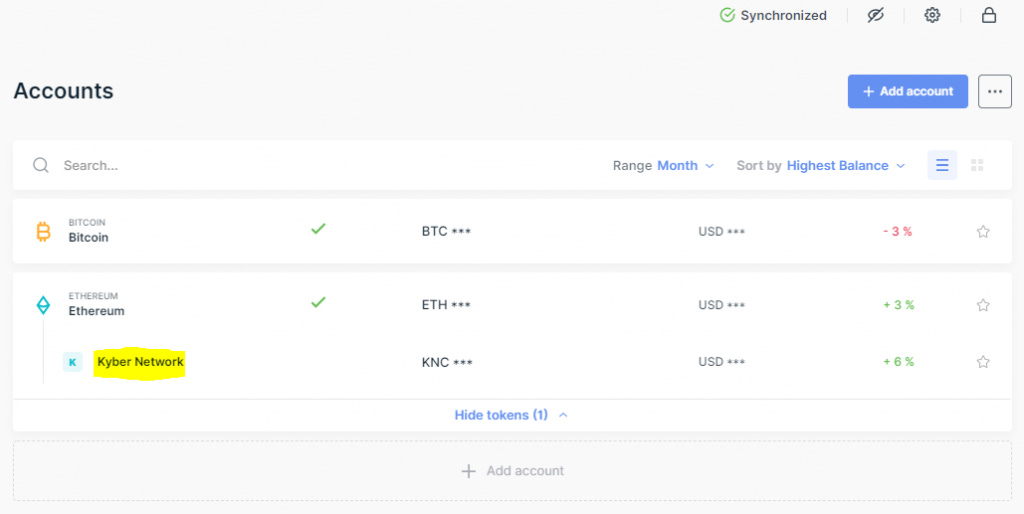How to Safeguard your Crypto on Ledger?
If you own any cryptocurrencies, the first thing that you should think about is how to keep your crypto safe and secure. Security is an aspect that is often overlooked until shit happens.
I used to think it is much more convenient and easy to leave your crypto funds on the exchange. After all, I have never experienced any loss of crypto funds from hacking incidents. So why go through the cost and hassle of buying a hardware wallet like Ledger Nano X? That was my original thought. But that has changed and here is why.
1. Best Practices to Store Your Crypto
The best and most secure way to store your cryptocurrency is to get a hardware wallet like Ledger Nano X. Ledger Nano X is a hardware wallet that stores your cryptocurrencies. It is the number 1 recommended method in terms of security. A hardware wallet means it is a physical device that you can hold and touch.
So what is so special about this physical device called Ledger Nano X? Very simply it stores your private keys inside. When you own cryptocurrencies, you are just owning some private keys. Having access to a private key means you are the rightful owner of the coins. That is how crypto works in general. It is based on Public-key cryptography.
Whenever you want to make any transfer of cryptocurrencies, you have to connect this Ledger Nano to the computer and approve the transaction. So your private keys are NEVER revealed on the internet. Most people got hacked because their private keys got leaked on the internet through scams or hacks.
If people know your private keys, you are gone. Because remember, having access to a private key means having access to the cryptocurrency. It means they have access to all your crypto funds and they will transfer ALL your money out.
It is like people knowing your bank login credentials. The only difference is that bank you still have customer support that could potentially reverse the transaction. In crypto, there is no customer support. If it's gone, it's gone. No one can save you.
That is why getting the Ledger Nano X is so important. If you want maximum security on crypto storage, get a ledger. Period. In a sense, owning a ledger is like you are physically holding the private key. NOBODY can transfer crypto out of your wallet unless they stole your ledger and they know your pin password.
2. Difference Between Hot Wallet & Cold Wallet
This method of storing your cryptocurrencies on a Ledger is otherwise known as a "Cold Wallet" A cold wallet means the things are stored offline. It is just like how you store files on a thumb drive. It is not on the internet, and they are stored offline inside a physical device. No one could hack the files unless they stole your thumb drive.
On the other hand, "Hot Wallet" stores things that require an internet connection. For example, those crypto exchange or desktop wallets are considered hot wallets because the private keys are exposed to the internet. As long as it is accessible through an internet connection, it is a hot wallet.
Hot wallets are much more vulnerable to attacks and hacks, for the simple reason that it lives on the internet. Anything that is "online" is at risk to a certain extent. Hackers are attacking you every single day, and these bots are swarming around everywhere. All it takes is one successful hack, and you risk losing your entire crypto funds. Don't learn it the hard way.
While you think big exchanges are safe, they are not. Even Tier-1 exchanges/custodians have been hacked, gone bankrupt, and suffered a bank run before.
As long as your cryptos are on the exchange, it is never safe. You are just trusting these exchanges, who are not cybersecurity experts, to hold your funds securely for you. You are trusting that they will not be any misuse of customers’ funds, or stringent risk management practices, but the events in 2022 have proven to us that trust is an expensive lesson in crypto.
A good analogy would be this. Is it safer to store your confidential files on Google Drive (Hot Wallet) or your thumb drive (Cold Wallet)? Just that now we are talking about money. Would you rather store your crypto funds in a hot wallet or a cold wallet?
3. "Not your keys, not your coins."
There is also a famous adage in crypto, "Not your keys, not your bitcoins" By storing them on exchanges, you don't own any bitcoins. That is because you don't have the private keys to those bitcoins. The exchange has it, but not you. Hence the phrase, "Not your keys, not your coins."
When you store your crypto funds on the exchange, it is just an IOU. Just like when you store your money in the bank, it is an IOU. The crypto exchange has an obligation to give you whatever amount of bitcoins you have upon your withdrawal demands. That's it. What you own is just a promissory note between you and the exchange. NOT bitcoins.
Similarly, by buying a ledger and transferring your bitcoins into the ledger, you are taking physical possession and ownership of your bitcoins. This is because you are holding the private key that has access to the bitcoins. If you have the key, you own bitcoin. If not, you don't.
The core underlying difference is just ownership. Do you want to own them yourself? Or do you want to take on the counterparty risk by entrusting your assets to a 3rd party? Some of such risks include hacks, downtime maintenance, security vulnerabilities and etc.
4. How to Buy Ledger Nano X?
*Affiliate Link Disclosure: At no additional cost to you, I will make a commission if you click through and make a purchase.
I think it is very reasonable that you invest a one-time fee in security to get it right once and for all. Once you move your crypto into the Ledger Nano X, your crypto is safe and secure. You feel more assured and sound. So why not?
Think about the risk at stake. If bitcoin ever goes up to $20k, $50k and your crypto portfolio is worth tens of thousands, what happens if security is compromised? It is definitely a situation you don't want to get yourself into. The best way to protect yourself is to store your crypto properly in a hardware wallet.
If you are interested in buying a Ledger Nano to store your crypto funds, here is TheBabylonians's link to it. There are two main types of ledgers on their website. One is the Ledger Nano X, and the other is the Ledger Nano S.
I initially bought Nano S but regretted it later due to the limited storage space.
Alternatively, you can choose to buy the ledger on other online platforms. But there is a risk that the Ledger might be tampered with. This has happened before, and it is something that you don't want to get stressed up about. For security reasons, it is best to get it directly from the original manufacturer.
5. How to Set Up Ledger Nano?
One of the main reasons why I didn't get the Ledger earlier is that I always thought it is too complicated for me.
However, after buying and using it personally, I realized it is really simple and user-friendly. There are a ton of tutorial guides out there, and I got it all set up in less than 15 minutes. Not difficult at all.
Here is what the steps look like briefly.
There are no batteries on the Ledger Nano. To power it up, all you got to do is connect the USB cable to your computer.
When you first power it up, it will ask you to set up your pin number and write down 24 random backup words. These 24 words are extremely IMPORTANT, and they are your private keys. If people know it, they essentially get access to all your crypto funds. So keep them really safe.
What happens if the ledger got damaged or the company goes bankrupt? Not to worry. As long as you have the 24-back-up words. You can restore your funds safely using OTHER wallets. Ledger is not the only one, but it is the most trusted and recognized brand in the market.
Your funds are NOT in the device. It is on the blockchain. This is a common misconception. The ledger is just a shell that holds your private keys. If it is gone, you can restore your keys and crypto funds easily using the 24-word backup phrase.
So write them down on the cards that come together with the package. Then keep the cards in your safe vault. Or Best is to memorize them in your head as I did. DO NOT store the 24 backup words online as that defeats the purpose of owning a ledger. Remember to do everything offline.
After you have set up your pin number and written down the 24 backup phrases, you are done and ready to go.
6. How to Send Crypto to your Ledger?
*Screenshots are taken when I bought my Nano S, but the interface and steps should be the same
The next step is to transfer all your cryptocurrencies OUT from the exchanges into your Ledger Nano. We want to store them safe and sound in a cold wallet offline.
Firstly, you have to download Ledger Live, a dashboard interface that allows you to manage your cryptocurrencies easily.
Secondly, open the Ledger Live and connect your Ledger Nano to the computer. Then click on the "Manager" under the Menu tab on the left.
Finally, click "Install" on whatever coins you hold. For me is bitcoin and Ethereum (ERC-20 tokens), so I already have that installed.
Thirdly, go to "Accounts" under the Menu tab on the left. Then click "Add Account" in the top-right-hand corner. I added bitcoin and Ethereum. These accounts are your wallets to send or receive cryptocurrencies.
Finally, click on the "Receive" button, and Ledger Live would generate a public address to you to send your bitcoins.
The last step is to go to your exchange and send your bitcoins to the public address that Ledger Live has generated for you. The best way is to copy and paste the address.
If you are holding ETH or some other ERC-20 altcoins, then go to your Ethereum account and click the "Receive" button to generate a public address. Then send your ETH or ERC-20 tokens from the exchange to the generated public address on Ledger Live.
For example, I hold some KNC (Kyber Network) tokens, and I sent them to the Ethereum address on my Ledger Live. All the ERC-20 tokens would be stored under the Ethereum address as seen above.
And That's it! You are done! That is how you move cryptocurrencies from exchanges to Ledger Nano. It is really simple.
More importantly, that is how you store your crypto funds properly to ensure that it is safe and secure. After you have completed all the above steps, sit back, relax, and HODL. You are all good, and there is nothing else to worry about. Just remember to keep your 24-word backup phrase safely or commit it to memory.
Once again, “Not your keys, not your coins.”




